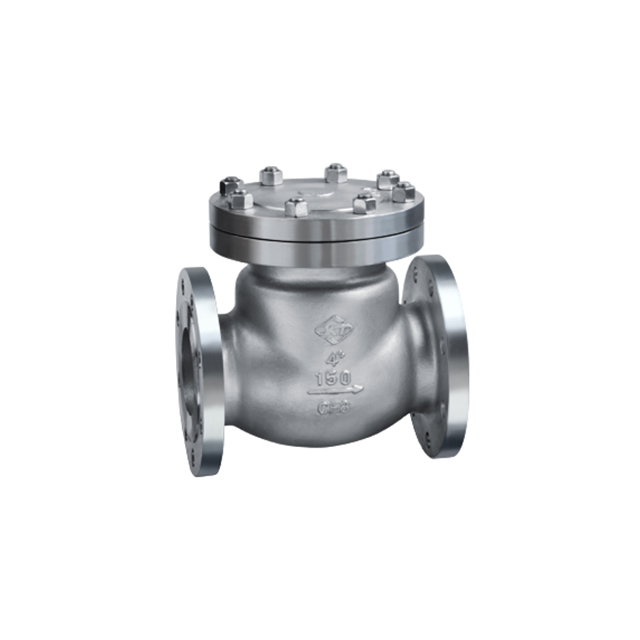Indice dei contenuti
Attiva/disattivaValves are crucial tools in managing the flow of liquids or gases in various systems.
They play a vital role in controlling flow and pressure, starting or stopping fluid movement, and preventing backflow.
Two common types are swing check valves, which use a swinging flap to prevent reverse flow in systems with horizontal forward movement, and spring check valves, which utilize a spring-loaded plunger for the same purpose.
Understanding the distinctions between these valves is essential for choosing the right one for a specific system or application.
Swing Check Valve vs Spring Check Valve: Key Differences
Valvole di ritegno a battente and spring check valves serve as essential components in preventing reverse flow within diverse liquid and gas systems.
Distinguishing between these two types is crucial for understanding their distinct characteristics and choosing the most suitable option for specific applications.
Here are the key differences between swing check valves and spring check valves:
| Valvole di ritegno a battente | Spring Check Valves |
| Higher flow capacities. | Utilizes a spring-loaded plunger to close the valve. |
| Fluid flow is permitted via a swinging flapper. | Lower noise levels and minimal water hammer effects. |
| Generally less expensive than spring check valves. | Effective in horizontal, vertical, and various flow orientations. |
| Limited to horizontal flow or vertical upward flow applications. | More resistant to heat and cold; may have slightly lower flow capacities. |
| Can generate noise and contribute to water hammer effects. | Provide rapid flow interruption and positive sealing even under low pressures. |
Pros and Cons of Swing Check Valves
| Pros of Swing Check Valves | Cons of Swing Check Valves |
| Low cost | Likely to amplify water hammer effects |
| Large flow capacity | Unsuitable for systems with pulsating flow |
| More positive sealing | Continued flapping may damage seating elements |
| Lower shock levels under high pressure | Limited use to horizontal flow applications or vertical upward flow |
| Angled seating surface allows easier valve opening at lower pressures |
Pros and Cons of Spring Check Valves
| Pros of Spring Check Valves | Cons of Spring Check Valves |
| Greater backflow prevention | May create greater flow resistance |
| Can be mounted in any flow orientation | Generally more expensive than swing check valves |
| Quieter operation compared to swing check valves | Lower flow capacity compared to swing check valves |
| More resistant to heat and cold than swing check valves | |
| Minimize sound and damaging effects of water hammer | |
| Relieve pressure from the system for a safer environment | |
| Provide rapid flow interruption and positive sealing at low pressures |
Swing vs Spring Check Valve Applications
| Applications of Swing Check Valve | Applications of Spring Check Valve |
| Employed in firefighting equipment | Commonly used in water pipelines and systems |
| Effective with various media, including liquids and gases | Protect equipment from damage caused by backflow |
| Commonly used in household systems (e.g., toilet tanks) | Reduce the risk of system downtime and potential contamination |
| Utilized in flood prevention applications in sewer systems |
Chiave da asporto
Understanding the distinctions between swing check valves and spring check valves is crucial for selecting the appropriate valve for specific applications.
Swing check valves offer advantages such as low cost, large flow capacity, and positive sealing, but their use is limited to certain flow conditions.
On the other hand, spring check valves provide versatility in mounting orientations, greater backflow prevention, quieter operation, and resistance to temperature extremes.
However, they come with a higher cost and lower flow capacity.
Choosing between these options requires consideration of system requirements, cost considerations, reliable valve manufacturers, and the desired features for optimal performance.











